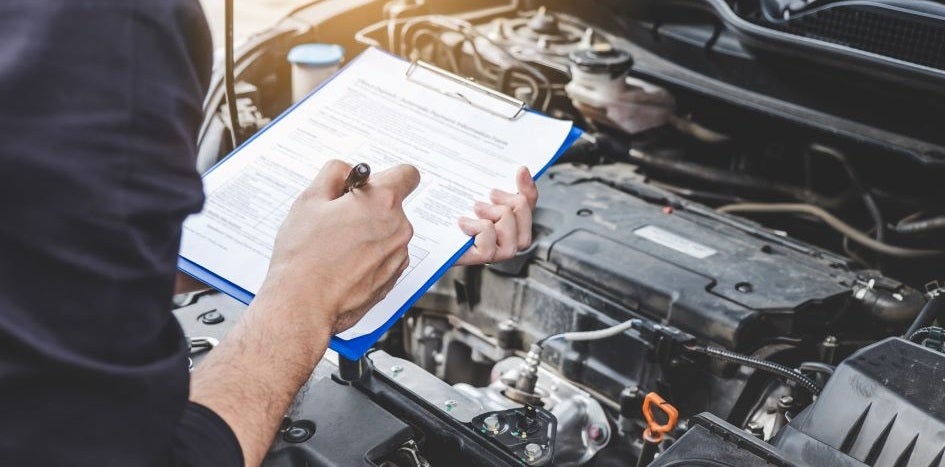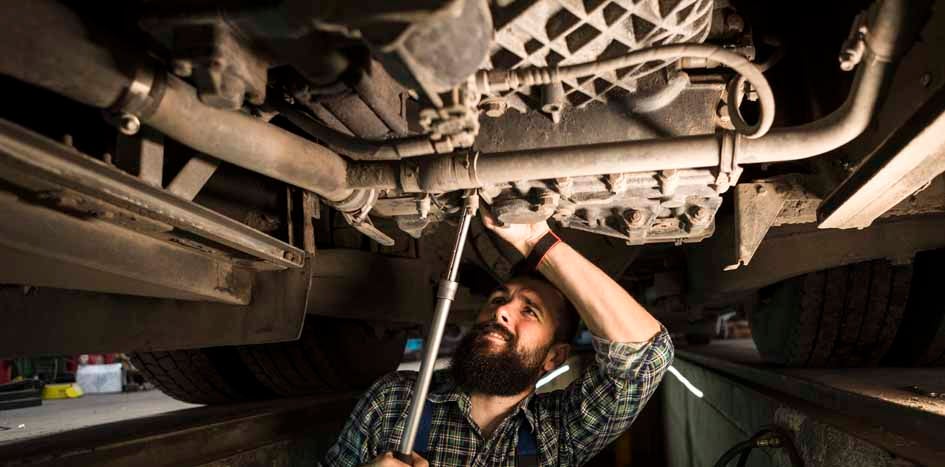How to Protect Your Fleet from Fuel Theft
If your schools have suffered a cyberattack, you know thieves are opportunistic. They're also creative. Consider this offense committed against a Houston gas station.
Criminals outfitted a minivan with a trap door. Then, they parked over the station's underground fuel tank, tapped into it, and stole 1,000 gallons of petrol. Sadly, schools are also on thieves’ radar. In California, criminals relieved a district of 2,000 gallons of diesel fuel worth $13,000.
How Fuel is Stolen
You’re probably familiar with the old-school siphoning method of removing gas from a vehicle. All you need is plastic tubing, a gas can, and confidence in the laws of gravity.
Newer vehicles are outfitted with a valve that prevents gas from spilling out during an accident. The valve also stops gas from being siphoned. But remember, criminals are creative. They get around spill-prevention upgrades by breaking gas caps, cutting fuel lines and, most commonly, drilling into fuel tanks.
Drilling is faster than siphoning, and losses aren’t limited to fuel. Replacing a drilled tank can cost around $2,000 in a white fleet vehicle.
Fuel Theft Prevention Strategies
You can use a combination of no-cost and paid strategies to protect your fuel investments and keep your vehicles and equipment on the road, where they belong.
No-cost strategies
- Remember that the higher a vehicle sits off the ground, the easier it is to access the fuel tank. That means your yellow fleet is smack in the middle of thieves' radar, so keep bus barns locked.
- Park defensively:
- Don't leave district vehicles in public places such as airport parking lots for long periods.
- Park in well-lit areas monitored by security cameras. That's especially important for white fleet vehicles that aren't locked in the bus barn.
- Limit access to the fuel door by parking close to a wall or another vehicle.
- Make sure the fuel door can be seen from a main road.
- Monitor for signs of internal theft: Do mileage readings match driver reports? Are there sudden, unexpected drops in fuel efficiency? Consider issuing fuel cards so you can more easily monitor employee activity.
- Show drivers how to check for credit card skimmers at gas pumps. Even better, require drivers to pay inside the store.
Paid strategies
- Install locking gas caps.
- Consider fuel tank anti-siphon devices.
- Invest in fleet management software. For example, fuel sensors that link to software can send email notifications if fuel levels drop outside of working hours. Some systems also link fuel card transactions with a vehicle’s GPS.
Proactively Protect Your Fleet
Fuel theft rises and falls along with gas prices. Budget-neutral strategies such as parking defensively, keeping bus barns locked, and monitoring fuel card transactions will reduce your risk of being targeted. You can go a step further by investing in paid theft-prevention tools. Your plan should be documented in your fleet management program.
Fleet management is a dynamic process designed to ensure your vehicles and drivers remain road ready. Your plan should account for routine maintenance on all vehicles, but don’t stop there. Include core elements such inventory tracking, driver safety, and the theft of fuel, catalytic converters, and other resources.

David Wylie
David Wylie serves as content developer on the risk solutions team. He brings more than 20 years' experience writing educational content that helps employers protect against workplace accidents, property damage, cybercrime, and other losses.
You May Also Like…
View All Related Insights
The Basics of School Fleet Management
Your community relies on your district's vehicles, so take care of your buses, trucks, and cars with these fleet management basics.

Protect Your Fleet With a Preventative Maintenance Plan
If you want to protect your vehicles and their passengers, you need an effective preventative maintenance plan.

Breaking Down Entry Level Driver Training Requirements
Federal entry level driver training requirements apply to CDL holders, including bus drivers. Do these four things to help your schools comply.

Catalytic Converter Theft Prevention Made Simple
These catalytic converter theft prevention tips can save schools thousands of dollars in unbudgeted costs.
